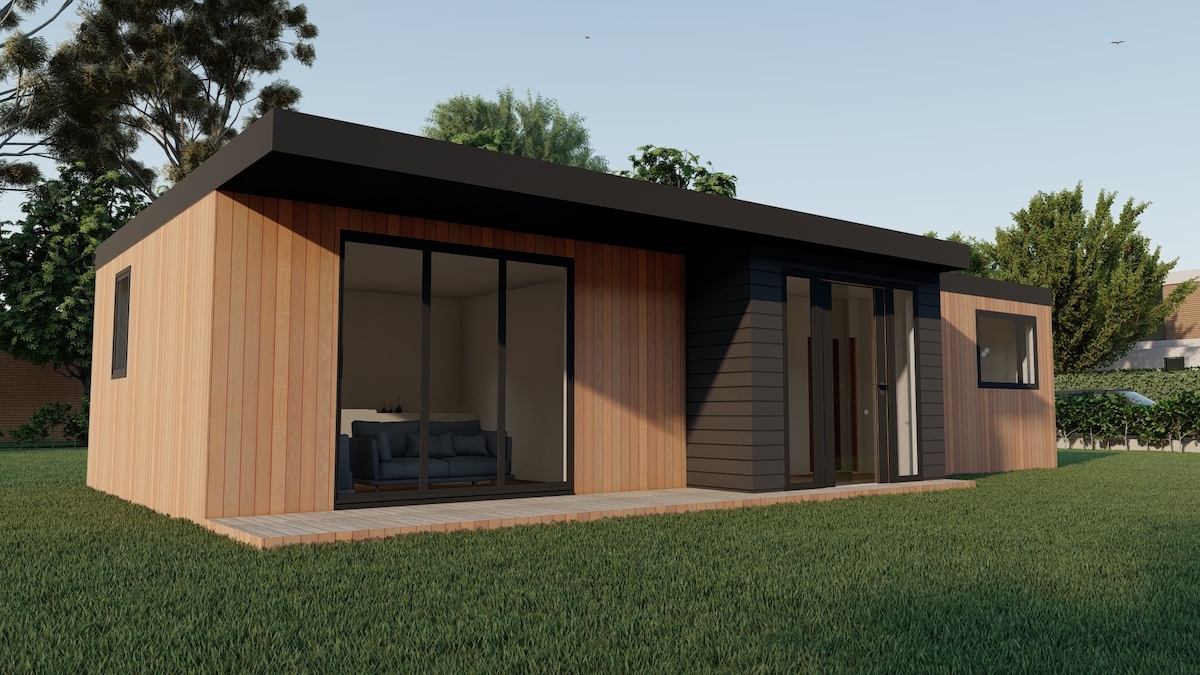Introduction:
Granny annexes, also known as granny flats or ancillary dwellings, have gained popularity as a contemporary solution for multi-generational living. This article explores Granny annexe UK the concept of granny annexes, shedding light on their purpose, benefits, design considerations, and how they contribute to fostering close-knit family dynamics.
Purpose and Evolution:
Granny annexes serve as separate, self-contained living spaces typically located on the same property as the main residence. Originally designed to accommodate aging parents or grandparents, these annexes have evolved to become versatile spaces that cater to various needs, including housing adult children, providing rental income, or serving as a home office.

Benefits of Granny Annexes:
The advantages of granny annexes are diverse. They provide a sense of independence for the occupants while maintaining close proximity to the main family home. For aging family members, the proximity allows for support and care while preserving their autonomy. Additionally, granny annexes offer a flexible solution for changing family dynamics, enabling homeowners to adapt to different living arrangements over time.
Design Considerations:
Granny annexes come in a variety of designs, ranging from compact studios to fully equipped small homes. The design considerations often include accessibility features for elderly occupants, energy-efficient solutions, and a layout that balances privacy with connection to the main residence. The exterior design is usually complementary to the main house, creating a cohesive look on the property.
Legal and Planning Considerations:
Before adding a granny annexe, homeowners should be aware of legal and planning considerations. Local regulations may dictate the size, design, and usage of ancillary dwellings. Obtaining necessary permits and adhering to building codes is crucial to ensure the legality and safety of the granny annexe.
Promoting Independence:
Granny annexes are designed to promote independence for the occupants. They offer a private living space with amenities such as a kitchen and bathroom, allowing residents to maintain their autonomy while having the support of the extended family nearby. This setup fosters a sense of community and shared responsibility.
Flexibility for Changing Needs:
One of the key strengths of granny annexes is their flexibility. As family dynamics change over time, these annexes can be adapted for different purposes. They can transition from housing aging parents to accommodating adult children returning home, serving as a guest suite, or even generating rental income.
Enhancing Family Bonds:
Granny annexes contribute to the strengthening of family bonds. While offering separate living spaces, they maintain a close connection to the main family home. This proximity facilitates regular interaction, shared meals, and the ability to provide emotional and practical support, fostering a sense of closeness and interconnectedness.
Financial Considerations:
Granny annexes can be financially advantageous. They provide an opportunity for homeowners to generate rental income if not used for family members. Additionally, they can potentially increase the overall property value, offering a return on the investment in construction or renovation.
Conclusion:
Granny annexes represent a contemporary approach to multi-generational living, offering a balance of independence and connection within the family unit. As households seek flexible solutions to accommodate changing needs, these self-contained living spaces contribute to the creation of harmonious, supportive, and closely-knit family environments. Whether designed for aging parents, adult children, or rental purposes, granny annexes exemplify the adaptability and versatility needed to meet the diverse demands of modern family living.
